In November, Apple had a middling quarterly financial result, Nothing tried to take on iMessage, Crash Detection proved its worth, and a mystery about an iPhone photo was quickly solved.
Just as three other months in the year started, November 2 saw Apple reveal its financial results for the fourth quarter of 2023. In a word, the published results could be described as "mixed."
The headline number was that Apple had managed to report $89.5 billion in revenue, marginally down year-on-year from the Q4 2022 figure of $90.1 billion.
Revenue for iPhone went up from $42.6 billion to $43.8 billion, but iPad dropped from $7.17 billion to $6.43 billion, and Mac plummeted from $11.5 billion to $7.61 billion. Wearables, Home, and Accessories stayed relatively static at $9.32 billion, and Services saw its revenue jump from $19.18 billion in the year-ago quarter to $22.3 billion.
During the call, Apple CEO Tim Cook tried to keep things positive, pointing to the "strongest lineup of products ever heading into the holiday season," as well as highlighting the all-time revenue record for Services.
CFO Luca Maestri put Mac's 34% drop down to a "difficult compare" of supply disruptions in mid-2022 where pent-up demand was fulfilled in the September quarter. However, he still had "great confidence in our Mac lineup" for the high-selling holiday quarter.
The middling results were compounded by the revelations that Apple had reported year-on-year revenue drops for four consecutive quarters, and that its full-year results were similarly harmed.
The full-year revenue of $383.3 billion is down against the $394.3 billion it earned in the previous fiscal year. The first full-year results drop since 2019.
On the plus side, at least it beat Wall Street's dour expectations.
During the call, Cook fielded queries about AI by calling it a "fundamental technology" that is "integral to virtually every product that we ship." On Apple's $8 billion increase in R&D spending, Cook clarified it was being spent on AI, silicon, and products like Apple Vision Pro.
Following the results, analysts offered their hot takes, ranging from enthusing about the company's December quarter outlook and Apple's portfolio resilience to claims of it being "muted" and "flat."
Numerous analysts rated Apple's shares as "Overweight." They don't understand that it's hard for financials to be "beach-body ready" in November.
Nothing happened to iMessage
The war of the blue and green speech bubbles has gone on for so long that it has driven some to come up with ways to make everyone blue. Or at least try.
On November 14, Android device maker Nothing introduced Nothing Chats, an app that used software from tech firm Sunbird to allow users to send messages through Apple's iMessage network. Android users found that they wouldn't be tainted with the green speech bubbles, but would look blue to their iPhone-using peers.
However, despite the valiant attempt, Nothing came under fire because of the technology behind the app. Not the fact that you needed a Nothing Phone (2) to use it in the first place.
Within days, it was discovered that the entire system relied on users logging into a remote server with their Apple ID, without any real security behind the effort. The lack of HTTPS in communication protocols meant sensitive information, including login credentials, was sent over the internet using plaintext HTTP.
Further investigation determined that the app was far more insecure, with Sunbird potentially having access to every message and item sent through the app, including images, videos, and vCards. Not only was there a lack of end-to-end encryption, but it was possible to download media items sent by other users.
Faced with the reports of shocking insecurity with their iMessage bridge, Nothing and Sunbird unsurprisingly pulled the plug on the app. Nothing optimistically said it was "delaying the launch until further notice to work with Sunbird to fix several bugs."
Nothing's effort to bridge the Android-iMessage divide failed, but it was only a precursor to another battle that would unfold with Beeper mini in December.
While not necessarily solving the colored bubble issue, Apple did at least confirm in the month that support for Google's RCS system in iMessage would happen, at some point in 2024.
Even more lawsuits
Just as Apple was hauling in even more money, there became opportunities to lose some of it via the various legal systems around the world. Especially in Europe.
With the eventual introduction of the Digital Markets Act, the European Union expects Apple to open up its App Store to rivals, something the company doesn't want to do. But even so, it admits that the change is inevitable.
In a Form 10-K filing, it mentions there will be changes to the business, such as those impacting the App Store when rules come into play in March 2024.
Apple may be firmly against allowing third-party app stores to exist on iOS, but it seems to be at least preparing for the opportunity.
More importantly, it's also preparing to take the European Union disagreement over the Digital Markets Act to court. It's s potentially costly endeavor to fight the EU on the matter, but one that could preserve literal billions in revenue.
Speaking of Europe, if you remember the $14 billion tax trial that Apple and Ireland managed to defeat the EU over, it's not over yet.
After the lower General Court decided in favor of Apple, the Advocate General of the EU's highest court recommended that the decision be ignored and reviewed again. Since there were legal errors that meant the EU hadn't shown evidence to a required legal standard, and that the General Court failed to correctly assess the case, the Advocate General opined that the case should get a new assessment.
Luckily for Apple, the Advocate General's opinion isn't legally binding, but the court does tend to act on them.
Apple therefore may have an even longer wait before it can claw back the money held in escrow.
Elsewhere in the world of courts, Apple agreed to pay a $25 million settlement, ending claims made by the U.S. Department of Justice that it had illegally favored hiring immigrant workers over citizens or green card holders.
Of that $25 million, $6.75 million goes to civil penalties and $18.25 to an unspecified number of affected workers. Apple also had to work to fix its recruiting to align with PERM standards.
A close-to-home Crash Detection story
The Crash Detection feature of iPhones has repeatedly been raised in stories, both when it worked and saved lives, and when it falsely detected someone riding a rollercoaster. In November, one AppleInsider regular had a first-hand account about the feature working as intended.
Recounting an accident involving a rental scooter, Daniel Eran Dilger explained how Crash Detection called in an emergency response as he was "unconscious and bleeding on the sidewalk, alone, and late at night."
Due to the accident occurring late at night and in a secluded area, there was the real possibility that he may not have survived the incident if Crash Detection didn't step in and bring aid within half an hour. Thankfully Crash Detection had called emergency services within 20 seconds.
After being unconscious for five hours and having no recollection of the accident at all, he was able to piece together what happened from his facial injuries, what he was told by healthcare professionals, and visiting the scene afterward.
The first-hand account serves as a reminder to keep safety features like Crash Detection enabled on your devices. It may seem like a waste of resources to keep it active, especially at the risk of false positives, but it's certainly a feature that you don't ever actually want to use, but will be thankful when it does.
The "Mystery" of the Bride
At the end of the month, the Internet seized onto a new mystery photo that, for a very brief period of time, became the latest equivalent of the white-or-blue dress meme.
An Instagram post from early in November suddenly gained traction later in the month, for an oddity in the image. The shot of U.K. comedian and actor Tessa Coates showed her trying on wedding dresses in two mirrors, except that it seemed like all three instances of the subject were in different poses.
One mirror had the bride-to-be with her hands down and looking right, the other reflection looked back at the bride with her hands together, and the bride herself is seen from behind with one arm down.
Thanks to a combination of the post feigning innocence and calling it a Matrix glitch that made her "nearly vomit in the street," as well as the internet's ability to latch onto an apparent mystery, the shot spread like wildfire.
Initial explanations delved into the workings of computational photography, and whether there was a composite image created by AI at play. For a brief period, discussions went on about how Apple's algorithms could stitch photographs together and choose the best versions for saturation, contrast, detail, and blur, among other elements.
Eventually, online sleuths rested upon the most likely answer. It was probably a Panoramic mode shot and movement of the iPhone was paused to allow for a change in hand position.
It remains to be seen if Weird Wedding Dress Photo sticks around in the internet's consciousness for as long as other photo mysteries. But it's safe to say it's probably not a ghost in the machine trying to freak people out.
 Malcolm Owen
Malcolm Owen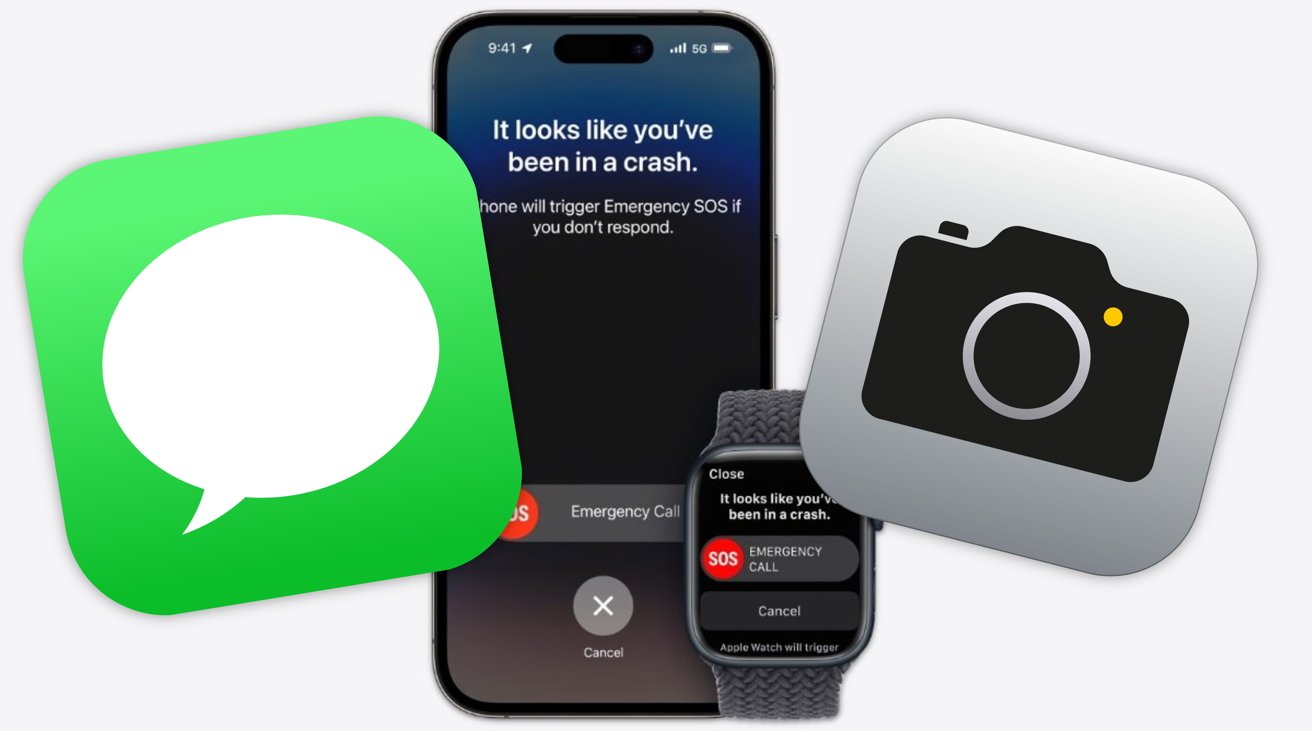
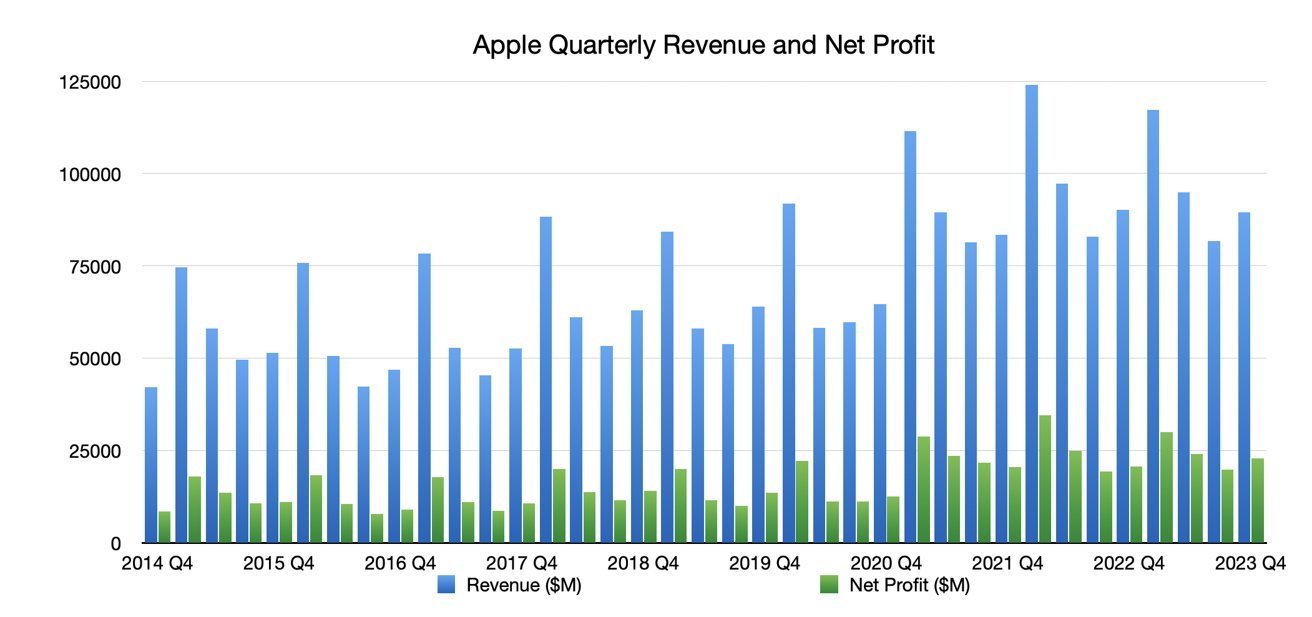
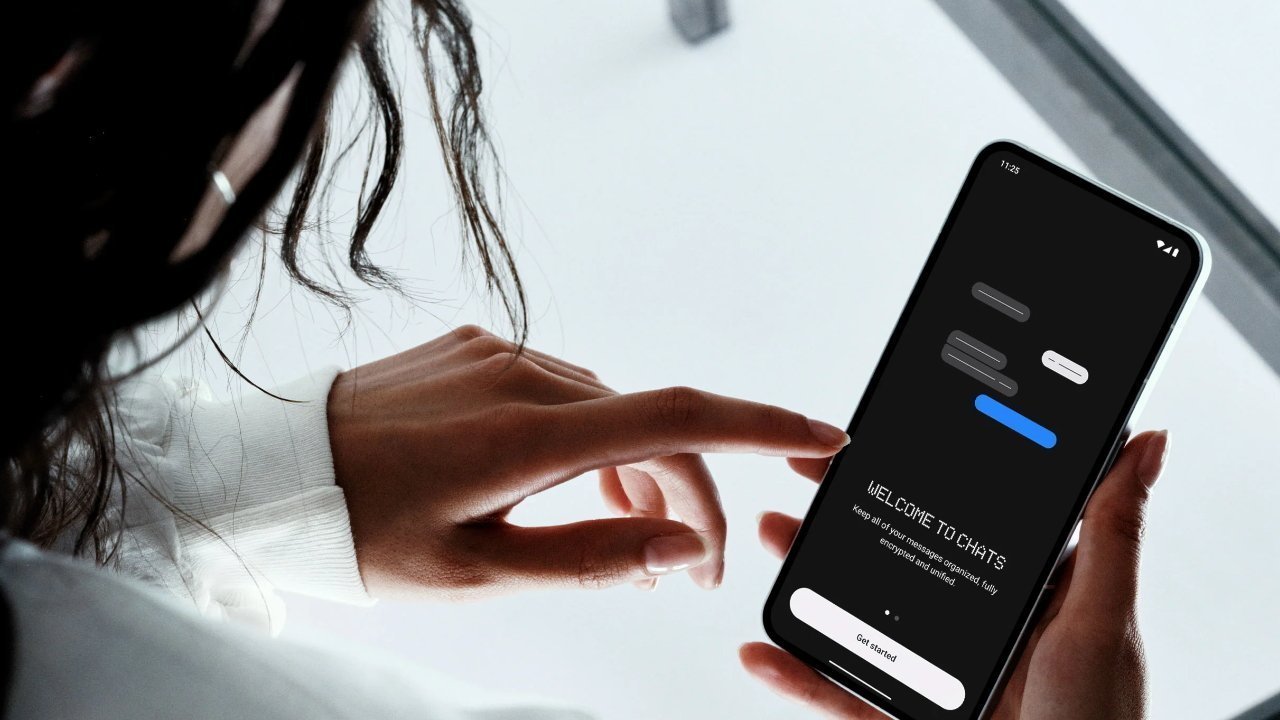
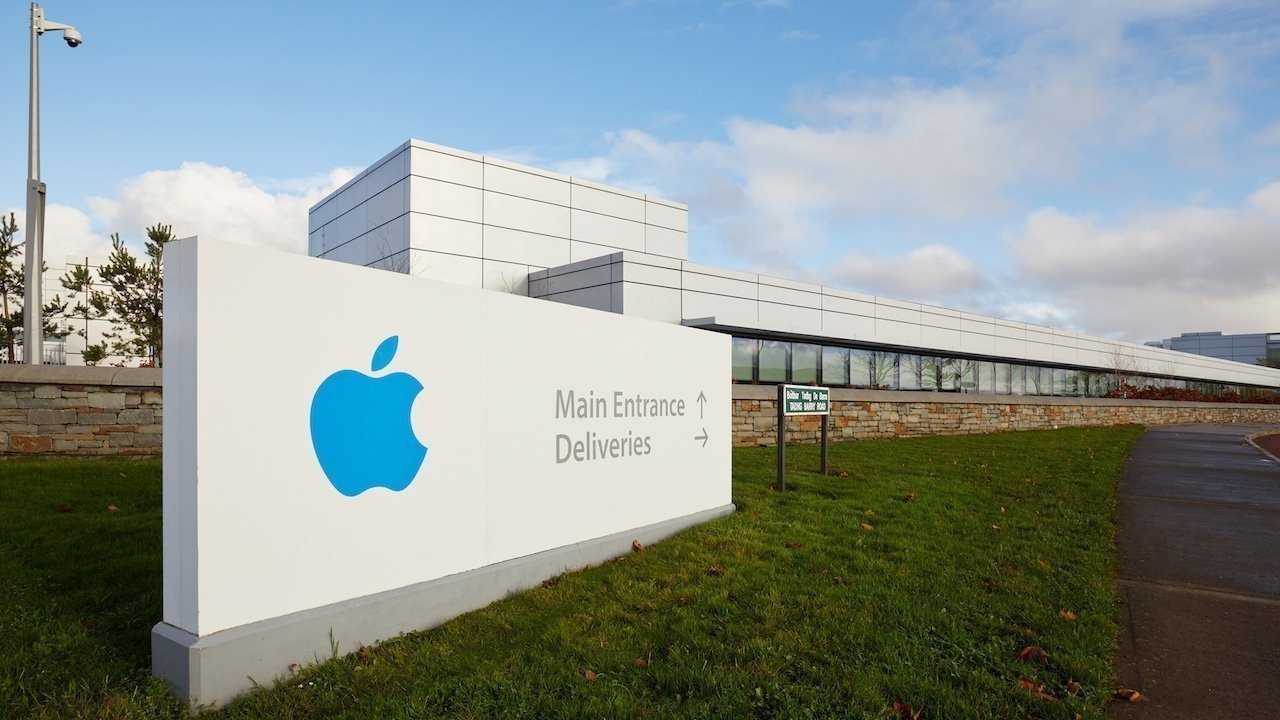
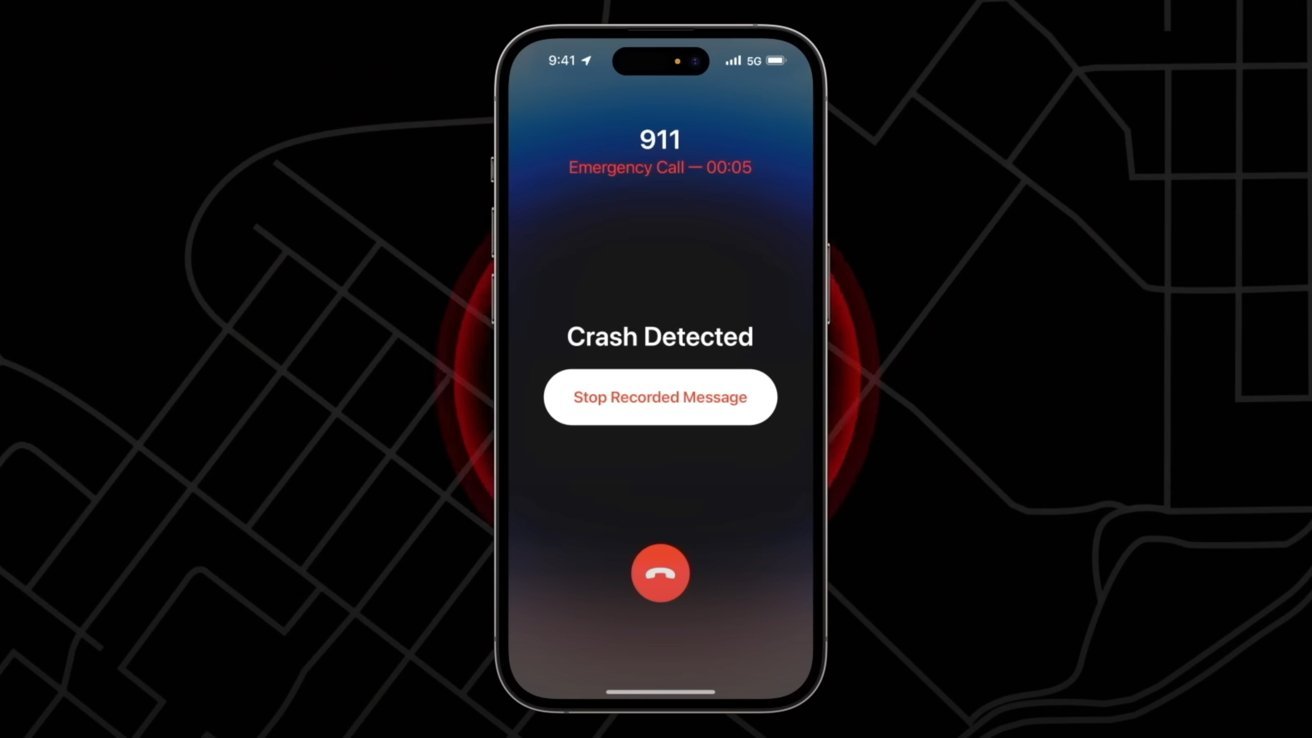








 Thomas Sibilly
Thomas Sibilly
 Wesley Hilliard
Wesley Hilliard
 Marko Zivkovic
Marko Zivkovic



 Amber Neely
Amber Neely










There are no Comments Here, Yet
Be "First!" to Reply on Our Forums ->